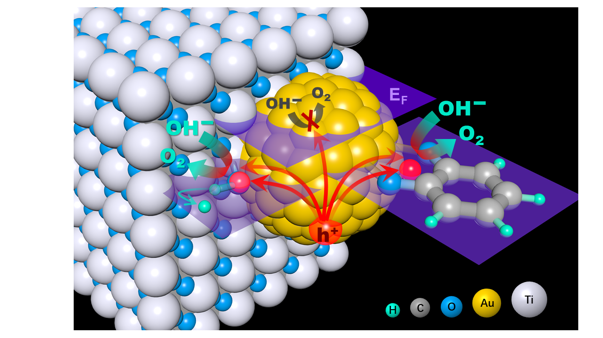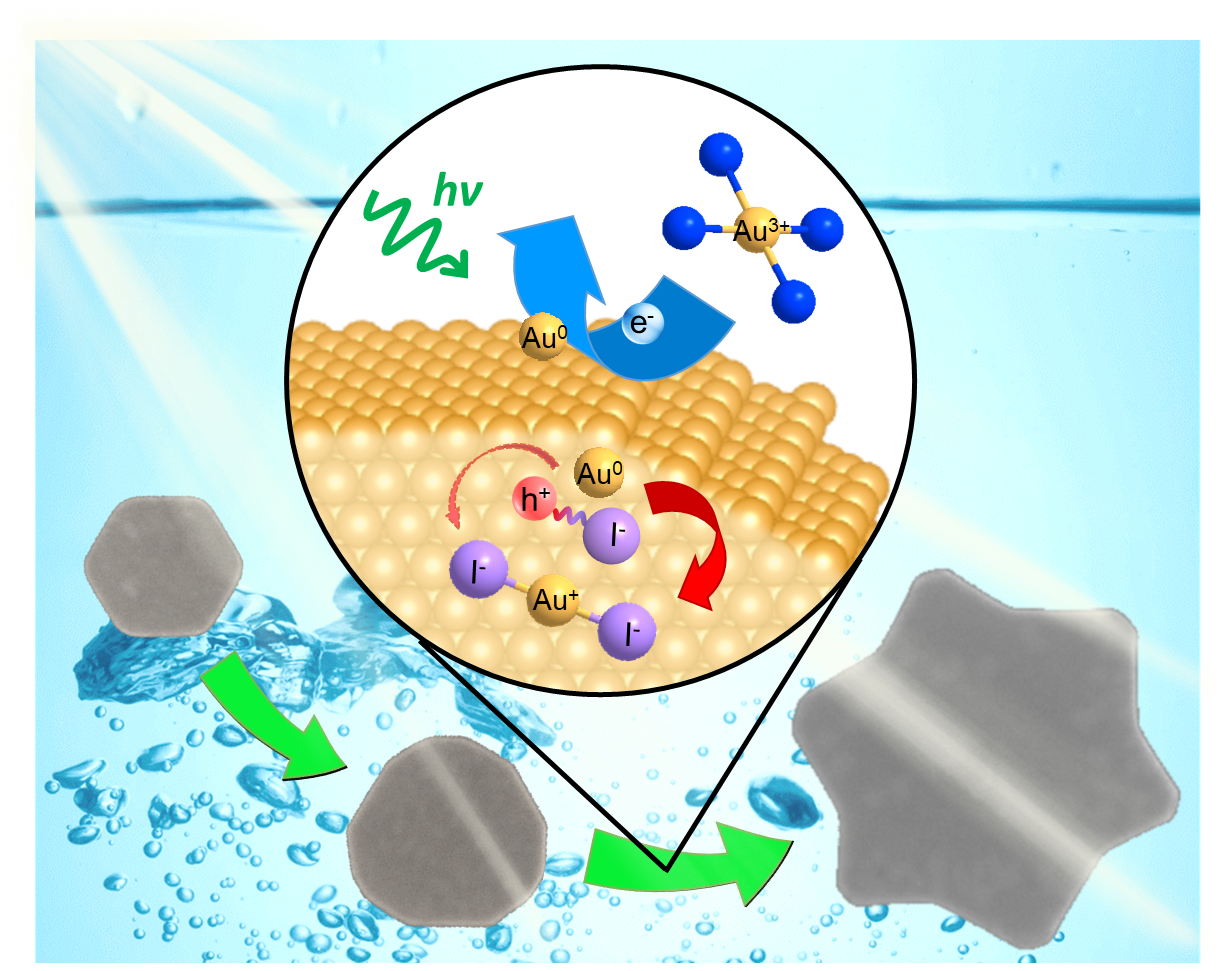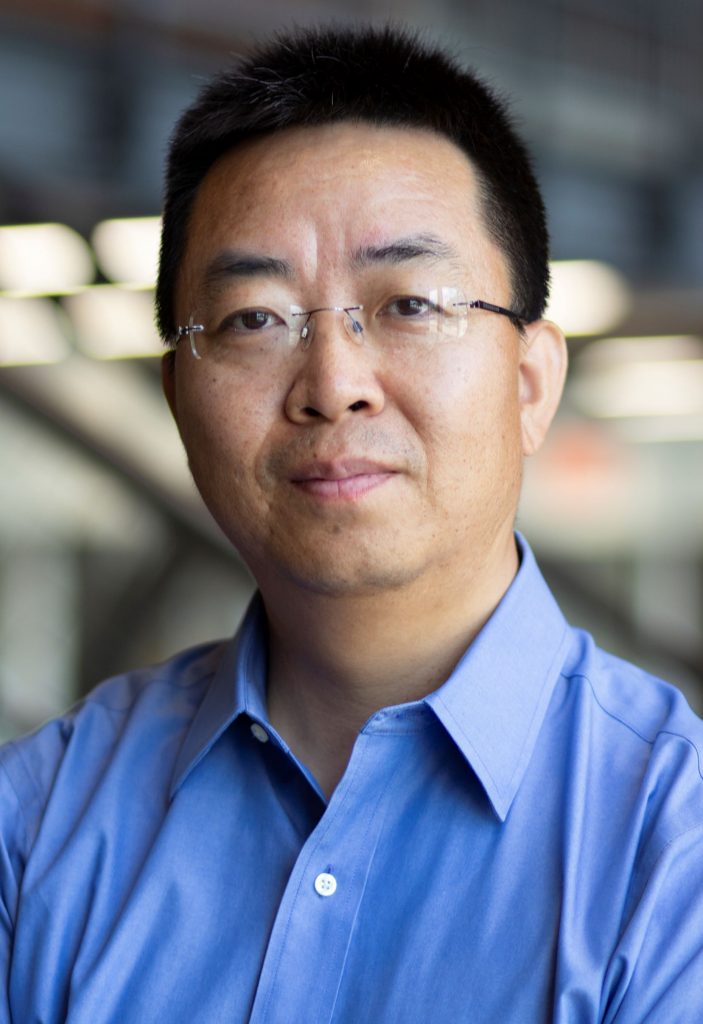A
collaboration paper from the Wei group and Angerhofer group has been published
in JACS. The article titled “Manipulating Atomic Structures at the Au/TiO2
Interface for O2 Activation” reports a discovery of new science in
an old catalytic system (Au/TiO2)
by demonstrating how the manipulation of atomic structures at the Au/TiO2
interface significantly altered the interfacial electron distribution and
prompted O2 activation. Using a novel materials fabrication
strategy, we constructed two distinct Au/TiO2 heterostructures, with
defect-free interface and Vo-rich interface. It was found that at
the defect-free Au/TiO2 interface, electrons were transferred from
Ti3+ species into Au nanoparticles (NPs) and further migrated into
adsorbed perimeter O2 molecules, facilitating O2
activation and leading to a 34 times higher CO oxidation activity than that on
the oxygen vacancy (Vo)-rich interface, at which electrons from Ti3+
species were trapped by interfacial Vo on TiO2 and hardly
interacted with perimeter O2 molecules. We further revealed that the
calcination released those trapped electrons from interfacial Vo to
facilitate O2 activation.
Taken together, our results not only established an atomic-level
understanding of the interfacial-structure-dependent catalytic activity on
Au/TiO2 heterostructures, but also provided strategies to engineer
metal/oxide interfaces for the optimization of heterogeneous catalysis.
The
research was supported by the National Science Foundation, UF Graduate School
Fellowship, and Department of Energy Science Graduate Student award.
Article:
https://pubs.acs.org/doi/abs/10.1021/jacs.9b13453



